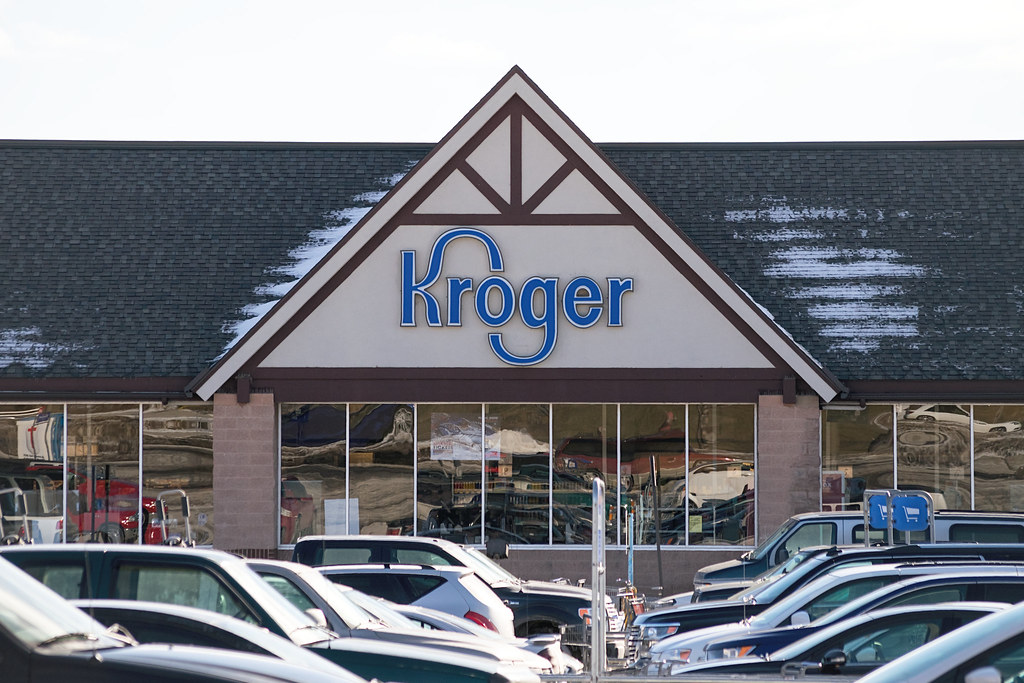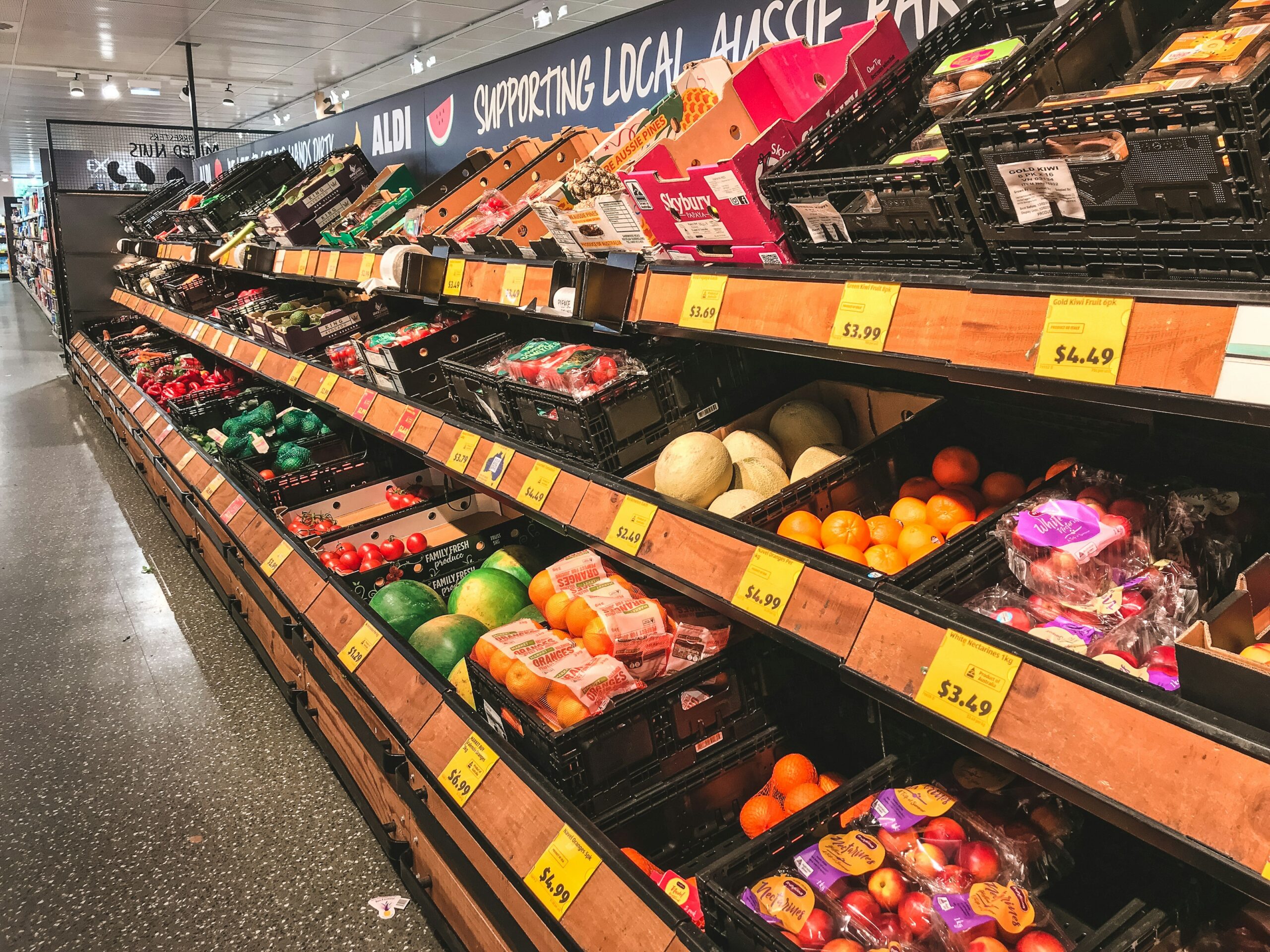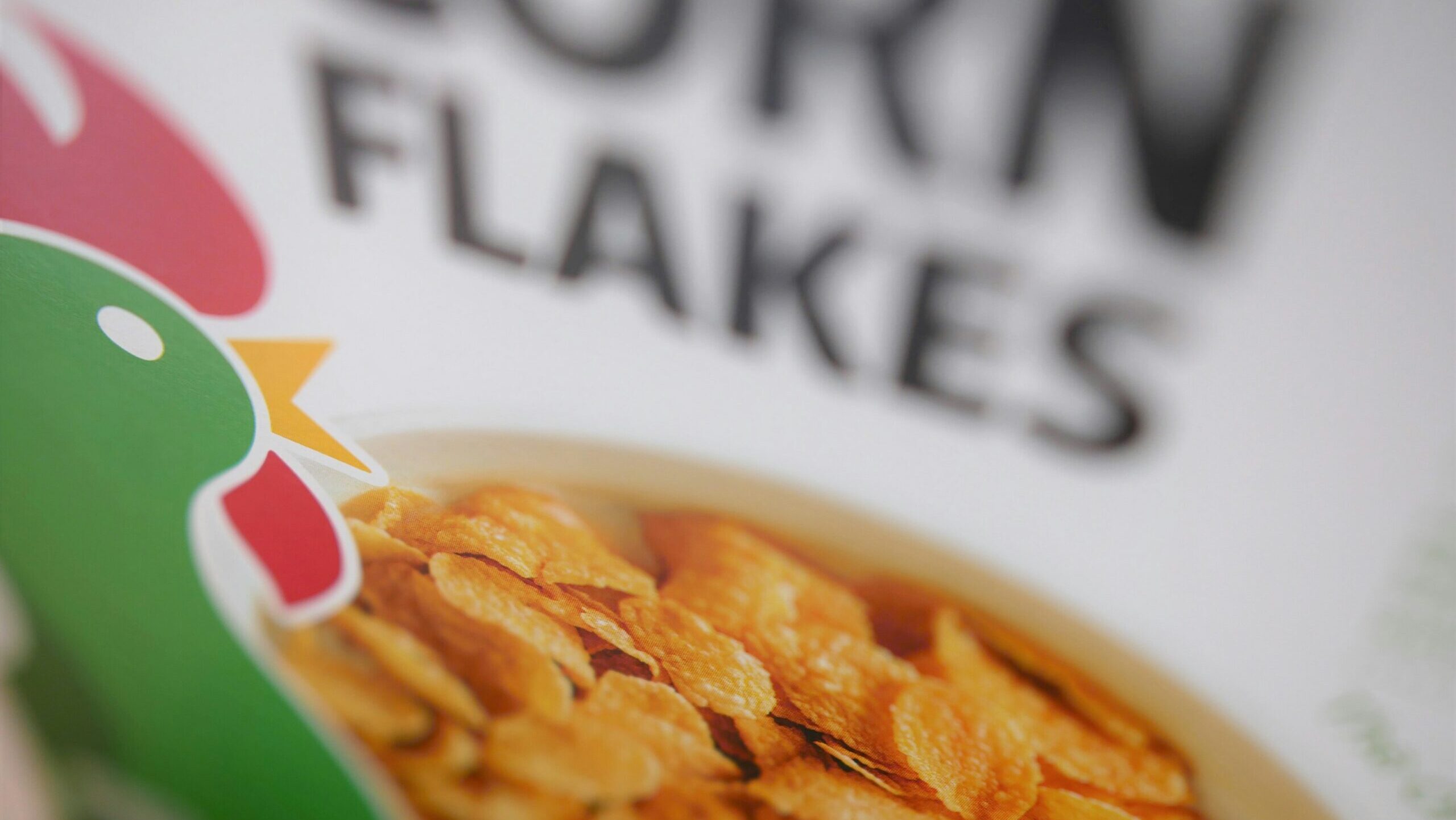In late January 2012, just ahead of its spin-off from Ralcorp Holdings, Post Holdings began trading on the New York Stock Exchange. Over a decade since, Post has been the best packaged food stock in the entire market.
With total returns of 479%, Post is at the top of the sector over that period — and crushes the industry’s bigger and better-known players. General Mills has returned only 138% in the likes of Kellogg/Kellanova, Campbell Soup, and Conagra, and even with dividends investors haven’t doubled their money.
What’s even more impressive is the base from which Post began. At the time of the spin, Post was a pure-play factor in the branded cereal market in the U.S. and Canada. Not only did that market seem at the time to be headed for decline, but Post didn’t even have substantial share: per its first annual report, it was the third-largest manufacturer with barely 10% of the market.
Ralcorp’s own strategy suggested its management didn’t have high hopes for the business. Much like Kellogg’s decision to split off its cereal operations into WK Kellogg, at least part of the rationale for the spin was to get the lower-growth (and eventually declining) cereal business out the door. Post was loaded with nearly $1 billion in debt; Ralcorp took a portion of the debt proceeds and bought back its own stock; a clear sign of which business its executives saw as more valuable.
The market didn’t disagree. Throughout 2012, Post (including debt) traded at a sharp discount to the $2.6 billion Ralcorp had paid Kraft for the business five years earlier. But Post had a valuable asset: its chief executive officer, William Stiritz. Stiritz had been a hugely effective dealmaker at conglomerate Ralston Purina and then Ralcorp (itself spun off in 1994), and he instantly replicated his success at Post.
The best deal clearly came in 2013, when Post paid $180 million for Premier Nutrition. Premier remains the base for BellRing Brands though separated from Post in 2019; that business now has an equity value of over $7 billion. But even after Stiritz stepped out of the CEO chair in 2014 and stepped back from chairman in 2016, Post continued aggressive M&A. The company moved into eggs, nut butters, and ready-to-eat refrigerated foods (mostly through its 2018 purchase of Bob Evans). The company didn’t abandon cereal, either: it spent more than $1 billion on bagged cereal manufacturer Malt-O-Meal and nearly $2 billion on the United Kingdom’s Weetabix.
Post basically hasn’t missed. Since its spin-off from Ralcorp, the company has spent over $10 billion on acquisitions. It has taken impairment changes relative to acquired assets of less than $300 million. Meanwhile, off a cereal business worth about $2 billion, Post and Bellring are now worth over $20 billion combined (including the respective companies’ debt).
The irony is that Post’s strategy is hardly unique. Packaged food companies have been exceptionally acquisitive throughout this century. Campbell Soup first looked overseas, then to better-for-you products, then to snacks. General Mills has tried to pivot away from cereal and yogurt. Kraft and Heinz entered one of the biggest mergers in history.
Other than Stiritz, Post didn’t (and doesn’t) seem to have any special edge in acquisitions. It simply out-executed its larger peers, nearly all of which have at least one significant, poor-performing deal in their histories. The move into active nutrition admittedly was a gamble — that category historically has been boom-and-bust — but aside from that, Post has historically targeted most of the same markets as its peers. It’s simply made better deals in those markets.
More than a decade after the spin-off, Post is still swimming with the tide. Its biggest deal of late came just over a year ago in the acquisition of several pet food brands from J.M. Smucker. Smucker was one of the first packaged food companies to enter the seemingly more attractive pet food space; General Mills followed with its blockbuster deal for Blue Buffalo in 2018.
Smucker is selling Post brands – including Rachael Ray Nutrish, Nature’s Recipe, and 9Lives – brands it acquired in a pair of acquisitions last decade. Post is paying Smucker $1.2 billion; after the deal closed, Smucker recognized a pre-tax loss of $1 billion.
Vince Martin is an analyst and author whose work has appeared on multiple financial industry websites. He’s the lead writer at Overlooked Alpha, which offers market-wide and single-stock analysis every week.












